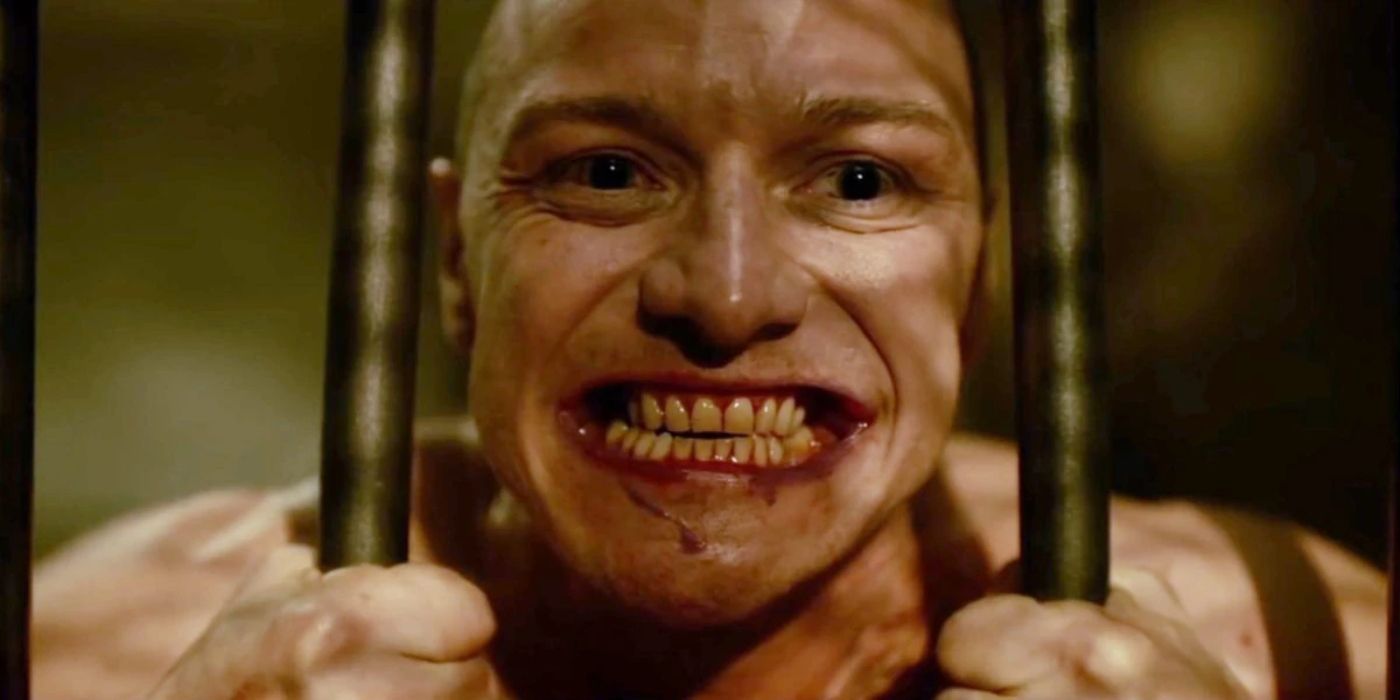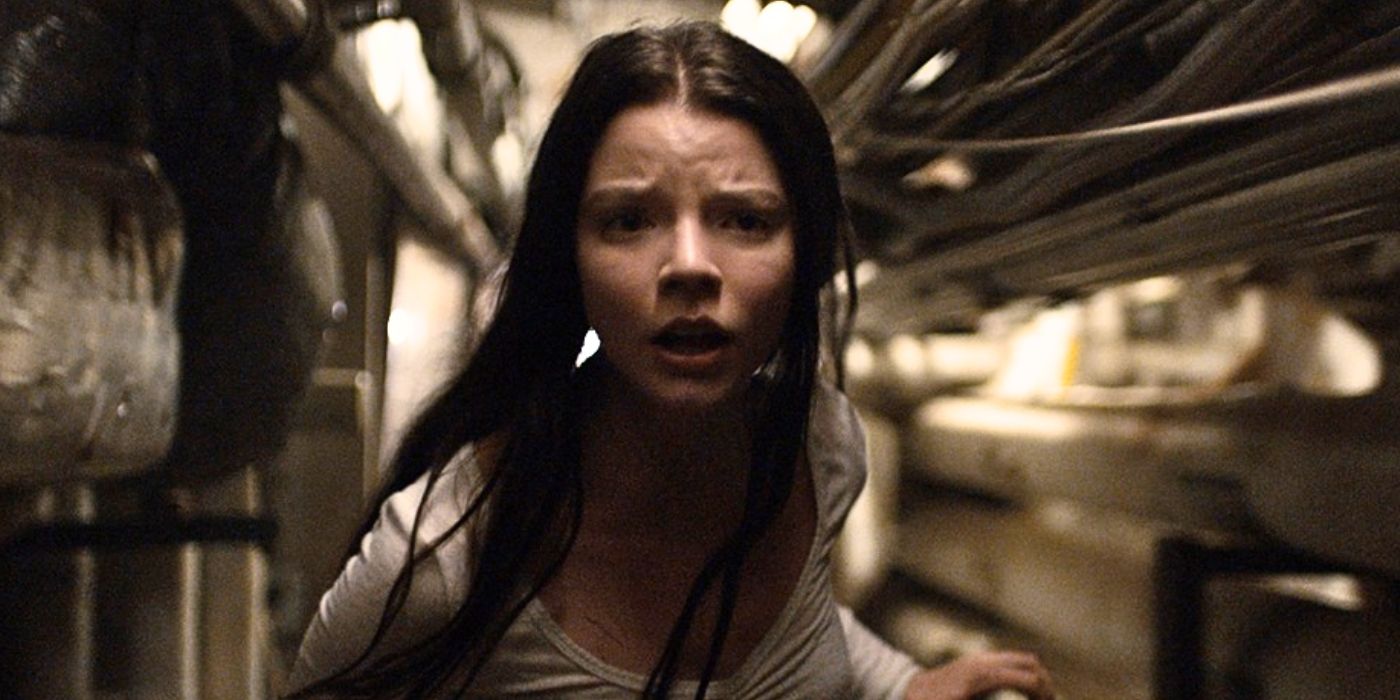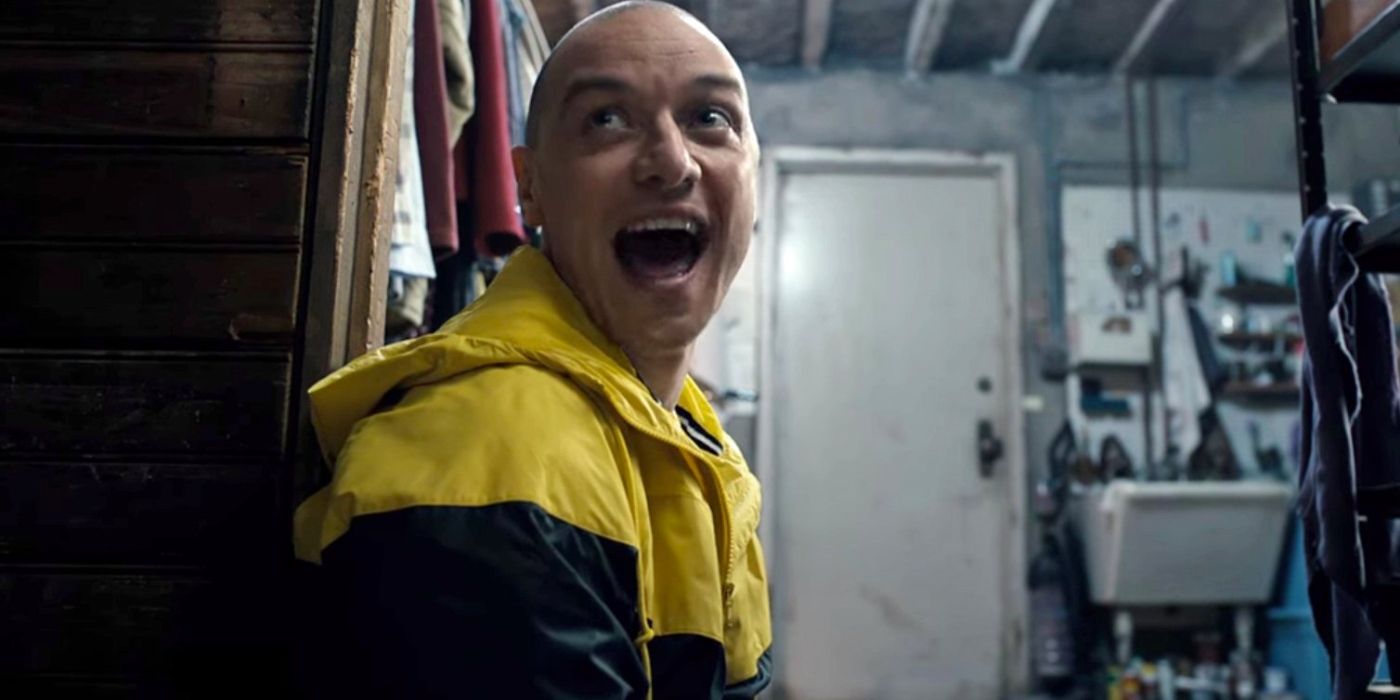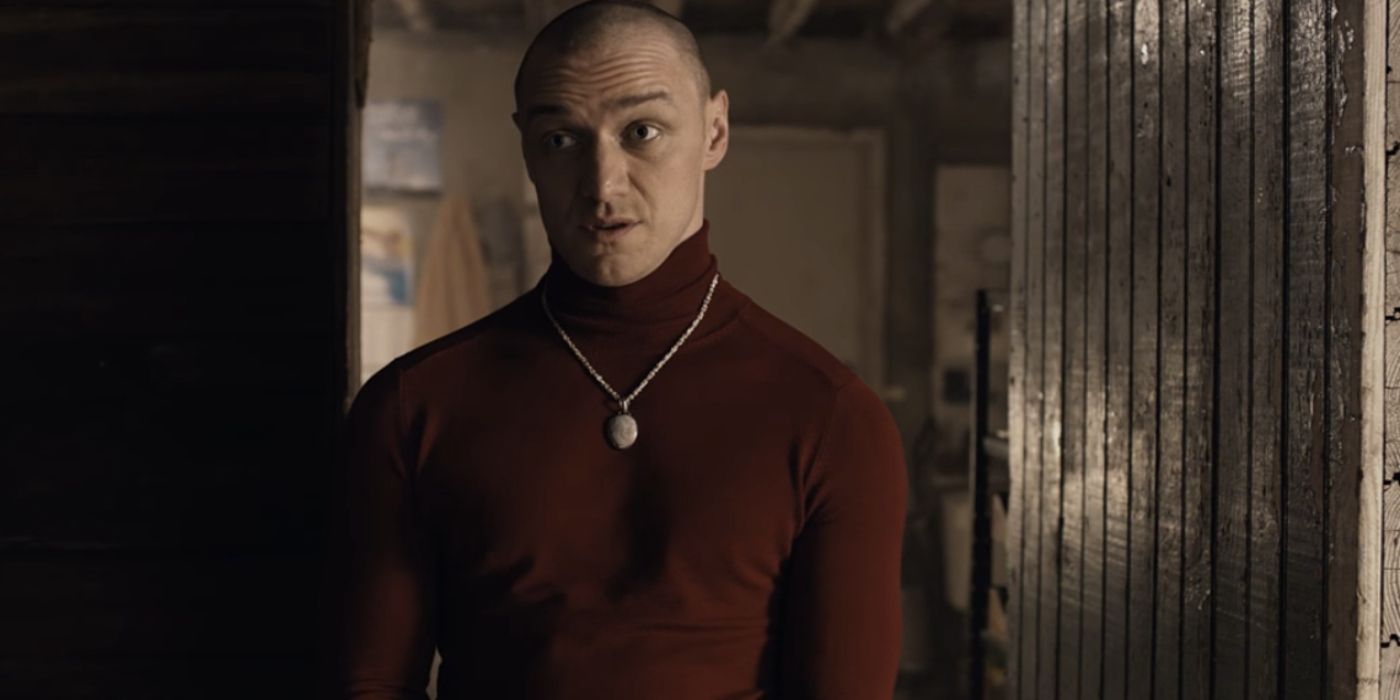
Many people recall M. Night Shyamalan’s debated 2016 supernatural thriller titled “Split.” This film garnered appreciation from numerous horror enthusiasts due to its tense narrative, intricate themes, and outstanding performances, particularly from James McAvoy who masterfully portrayed 24 distinct personalities as Kevin Wendell Crumb, a character diagnosed with Dissociative Identity Disorder (DID). However, some moviegoers were displeased by Shyamalan’s representation of DID, which led to the creation of a monstrous persona known as The Beast. This portrayal sparked concerns that it might contribute to perpetuating misconceptions about the disorder and individuals suffering from mental illnesses.
In the film, Split, it is revealed that the storyline was significantly influenced by the true events surrounding Billy Milligan, the first individual to successfully use Dissociative Identity Disorder (DID) as a defense for his crimes and win. Upon closer examination of Milligan’s case and the character Kevin in the movie, Shyamalan’s controversial narrative decisions become more understandable. The plot unfolds with Kevin abducting three young women from a parking lot and chronicling the disturbing journey of a man dealing with DID, as he involuntarily switches between multiple personalities. This complex character development culminates in an unexpected twist that defies conventional genre boundaries.
Examining the common misconceptions surrounding mental health, it’s crucial to scrutinize the facts versus fiction in stories like Milligan’s case, which served as inspiration for “Split“. Here’s an exploration of the authentic details about his crime and trial, along with a comparison of how closely this reimagined account aligns with reality.
The True Story That Inspired ‘Split’

Despite being a fictional character, Kevin was inspired by Billy Milligan’s significant court case. In 1977, Milligan was arrested for robbery, kidnapping, and rape against three women. During a psychiatric examination, he claimed to have Dissociative Identity Disorder (DID), stating that one of his 24 alters committed the crimes. For a year, Milligan underwent thorough assessments conducted by nine different mental health professionals, including Dr. Cornelia Wilbur, who was also known for her work on DID, as depicted in Flora Reta Schreiber’s non-fiction book “Sybil.” This book recounts Wilbur’s treatment of a patient with DID, but it was later revealed that the patient had fabricated her diagnosis. Given this background, it is not surprising that Shyamalan’s portrayal of DID in his work was met with criticism by many viewers due to its flaws and inaccuracies.
By 1978, Milligan was declared not guilty due to insanity and admitted into an institution, marking the first instance of such a verdict based on DID. A combination of factors led to his diagnosis, including recurring testimony about his multiple personalities, a background of abuse (particularly from his step-father), and previous hospitalizations for dissociative symptoms during his youth. Milligan spent eight years in the institution following the verdict before managing an escape. However, within a few months, he was located and returned. By 1988, his doctors determined that he no longer posed a threat to society, leading to his eventual release.
As a devoted movie enthusiast, I can’t help but marvel at the enduring impact of the late Spottiswoode A. Milligan. Despite his departure from our world in 2014 due to cancer, his life and case continue to captivate audiences, with a wave of documentaries, books, films, and television series that have held us spellbound for close to half a century.
How Does ‘Split’ Compare to the True Story?



In crafting the character of Kevin in the movie “Split“, Shyamalan drew inspiration from certain aspects of Milligan’s case. However, it’s clear that the filmmaker used this foundation more as a launchpad, given the numerous artistic freedoms he exercised. While Milligan did kidnap three teenage girls, similar to Kevin, there is no sexual assault depicted in the movie. Unlike Milligan, who didn’t kill his victims, Kevin ended up killing two of them in the film, leaving Casey (played by Anya Taylor-Joy) as the sole survivor.
Moreover, as Casey’s heart-wrenching tale unfolds about her uncle’s sexual assault, viewers gain insight into Kevin’s troubled past. A flashback discloses that his mother was a harsh disciplinarian who physically punished him for misbehavior, which eventually led to his Dissociative Identity Disorder (DID) and The Beast’s superhuman powers. While Milligan’s abuse also played a role in developing DID (a condition that often arises as a means of dealing with trauma), he did not acquire an alter with extraordinary physical strength like The Beast (although both Milligan and Kevin share the same number of personalities). It is important to note, however, that one of Milligan’s alters was aggressive, much like The Beast. Yet, The Beast stood out due to his incredible physical abilities, making DID seem almost unbelievable by the end of Split.
DID Has Always Inspired M. Night Shyamalan



Since reading Daniel Keyes’ acclaimed biography, “The Minds of Billy Milligan,” in the ’90s, filmmaker M. Night Shyamalan has been captivated by Dissociative Identity Disorder (DID). Initially, director James Cameron was slated to adapt the novel, but the project stalled. Inspired, Shyamalan vowed he’d bring it to life one day. He penned the initial script in 2001 and spent 15 years meticulously conducting research, editing, and selecting actors for his cherished dream project, which eventually became “Split.
In spite of the controversial and exploitative ending in the film “Split”, its mid-film investigation into Dissociative Identity Disorder, by delving deeply into the life of Kevin with each alter, demonstrates a sincere approach to the diagnosis. This is particularly significant since there are people who question whether such disorders truly exist or not.
Although some people might find the ending of “Split” problematic, its portrayal of DID, focusing on different aspects of Kevin’s life with each alter, treats the disorder seriously and realistically thanks to James McAvoy’s powerful acting. This is important because there are those who doubt if such disorders are genuine or not.
In a manner akin to how certain aspects of Kevin’s personalities have health issues while others don’t, those with Dissociative Identity Disorder can encounter a similar physical occurrence. M. Night Shyamalan’s film Split served as his innovative approach to depicting the extraordinary capabilities associated with altered mental states, utilizing DID as a platform for exploration. However, it’s important to note that departing from Milligan’s real-life account may not have been the most effective way to portray this condition, and the film’s potentially harmful representation of mental illness overshadows Shyamalan’s noble intentions.
Split is available to stream now for free on Tubi.
Read More
- Best Race Tier List In Elder Scrolls Oblivion
- Elder Scrolls Oblivion: Best Pilgrim Build
- Elder Scrolls Oblivion: Best Thief Build
- Gold Rate Forecast
- Days Gone Remastered Announced, Launches on April 25th for PS5
- Becky G Shares Game-Changing Tips for Tyla’s Coachella Debut!
- Ludicrous
- Elder Scrolls Oblivion: Best Sorcerer Build
- Justin Baldoni Opens Up About Turmoil Before Blake Lively’s Shocking Legal Claims
- Meet Tayme Thapthimthong: The Rising Star of The White Lotus!
2025-04-26 20:32